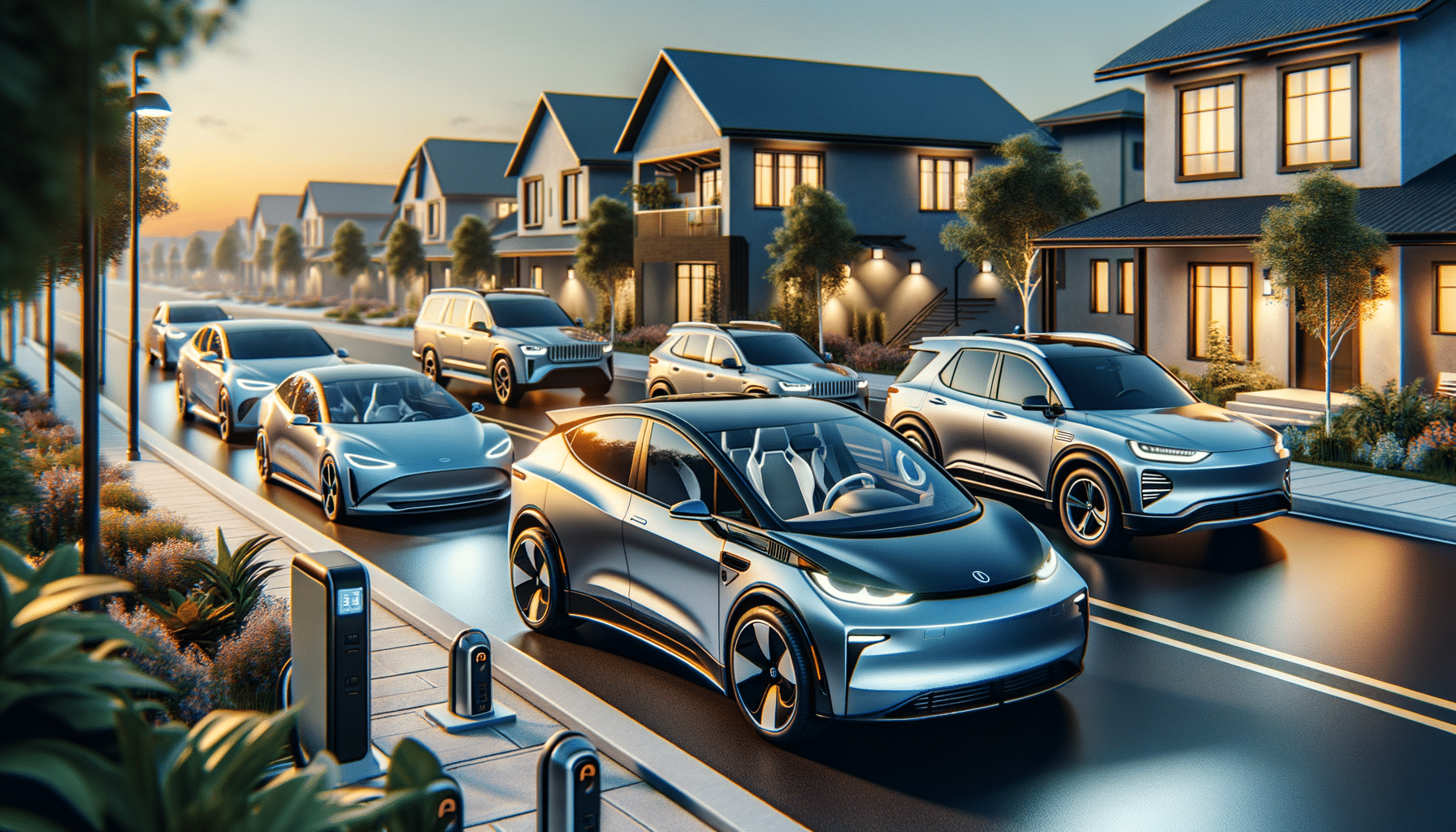
Electric Vehicles for Everyday Use
Introduction to Electric Vehicles
Electric vehicles (EVs) are becoming an integral part of modern transportation, offering a sustainable alternative to traditional gasoline-powered cars. As concerns about climate change and fossil fuel dependency grow, EVs present an attractive solution by reducing emissions and promoting cleaner energy use. This shift is not just a trend but a necessary evolution in how we perceive and utilize personal and public transportation.
EVs are defined by their use of electric motors powered by rechargeable battery packs instead of internal combustion engines. This fundamental difference brings a myriad of benefits, including lower running costs, reduced maintenance needs, and a quieter, smoother driving experience. As more manufacturers enter the market, the variety and availability of EVs continue to expand, catering to diverse consumer needs and preferences.
The rise of electric vehicles also aligns with global efforts to decrease carbon footprints and transition to renewable energy sources. Governments around the world are incentivizing EV adoption through subsidies, tax breaks, and the development of charging infrastructure. As a result, the market for EVs is rapidly growing, making them an increasingly viable option for everyday use.
The Benefits of Electric Vehicles
Electric vehicles offer numerous advantages over traditional vehicles, making them a compelling choice for many consumers. One of the primary benefits is their environmental impact. EVs produce zero tailpipe emissions, which significantly reduces air pollution and greenhouse gas emissions. This is a critical factor in combating climate change and improving urban air quality.
Another advantage is the cost-effectiveness of EVs. While the initial purchase price may be higher than that of conventional vehicles, the long-term savings on fuel and maintenance can be substantial. Electricity is generally cheaper than gasoline, and EVs have fewer moving parts, which means less wear and tear and lower maintenance costs. Over time, these savings can offset the initial investment, making EVs a financially attractive option.
Additionally, electric vehicles offer a superior driving experience. They provide instant torque, resulting in rapid acceleration and a smoother ride. The absence of engine noise creates a quieter cabin, enhancing comfort for both drivers and passengers. As technology advances, EVs are also becoming more efficient, with longer ranges and faster charging times, further increasing their appeal.
Challenges Facing Electric Vehicles
Despite their many benefits, electric vehicles face several challenges that need to be addressed to ensure widespread adoption. One of the main hurdles is the limited range of some EV models, which can cause “range anxiety” for drivers concerned about running out of power during a journey. While advancements in battery technology are improving range capabilities, this remains a consideration for potential buyers.
The availability of charging infrastructure is another challenge. Although the number of charging stations is increasing, they are not yet as ubiquitous as gas stations, particularly in rural or less developed areas. This can make long-distance travel more complicated and inconvenient for EV owners. Efforts are being made to expand the charging network, but it requires significant investment and coordination between governments and private companies.
Furthermore, the production and disposal of EV batteries raise environmental concerns. The extraction of raw materials for batteries can have a negative environmental impact, and the recycling of used batteries is not yet fully optimized. Addressing these issues is crucial for ensuring the sustainability of electric vehicles in the long term.
The Future of Electric Vehicles
The future of electric vehicles looks promising, with continued advancements in technology and growing support from governments and consumers alike. Innovations in battery technology are expected to further increase range and decrease charging times, making EVs more practical for everyday use. Additionally, the development of autonomous driving technology could revolutionize the way we use and perceive vehicles, with electric vehicles at the forefront of this transformation.
Governments worldwide are setting ambitious targets for reducing carbon emissions, and many are implementing policies to phase out internal combustion engines in favor of electric alternatives. These initiatives are likely to accelerate the transition to electric vehicles, making them a standard choice for consumers in the coming years.
The automotive industry is also responding to this shift, with many manufacturers committing to electrifying their vehicle lineups. This competition is driving innovation and reducing costs, making electric vehicles more accessible to a broader audience. As infrastructure continues to improve and consumer awareness grows, the adoption of electric vehicles is expected to rise significantly.
Conclusion: Embracing Electric Vehicles
Electric vehicles represent a critical step forward in the evolution of transportation. By offering an environmentally friendly, cost-effective, and technologically advanced alternative to traditional vehicles, EVs are poised to play a major role in shaping the future of mobility. As challenges such as range limitations and charging infrastructure are addressed, the appeal of electric vehicles will only continue to grow.
For consumers, embracing electric vehicles means contributing to a more sustainable planet while enjoying the benefits of modern technology. As the market continues to expand and evolve, now is an opportune time to consider making the switch to an electric vehicle. Whether for environmental reasons, financial savings, or the sheer enjoyment of driving, electric vehicles offer a compelling option for everyday use.


